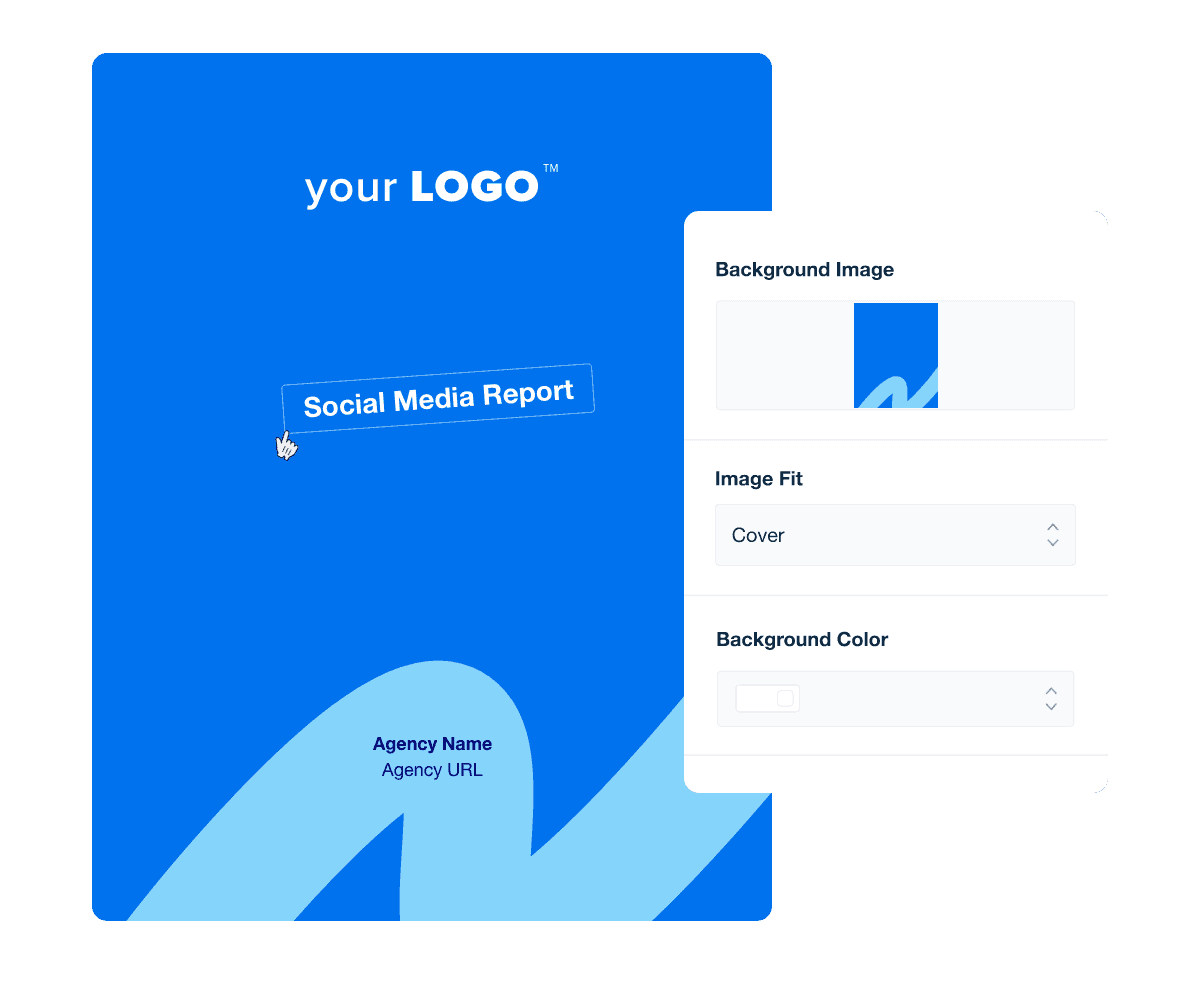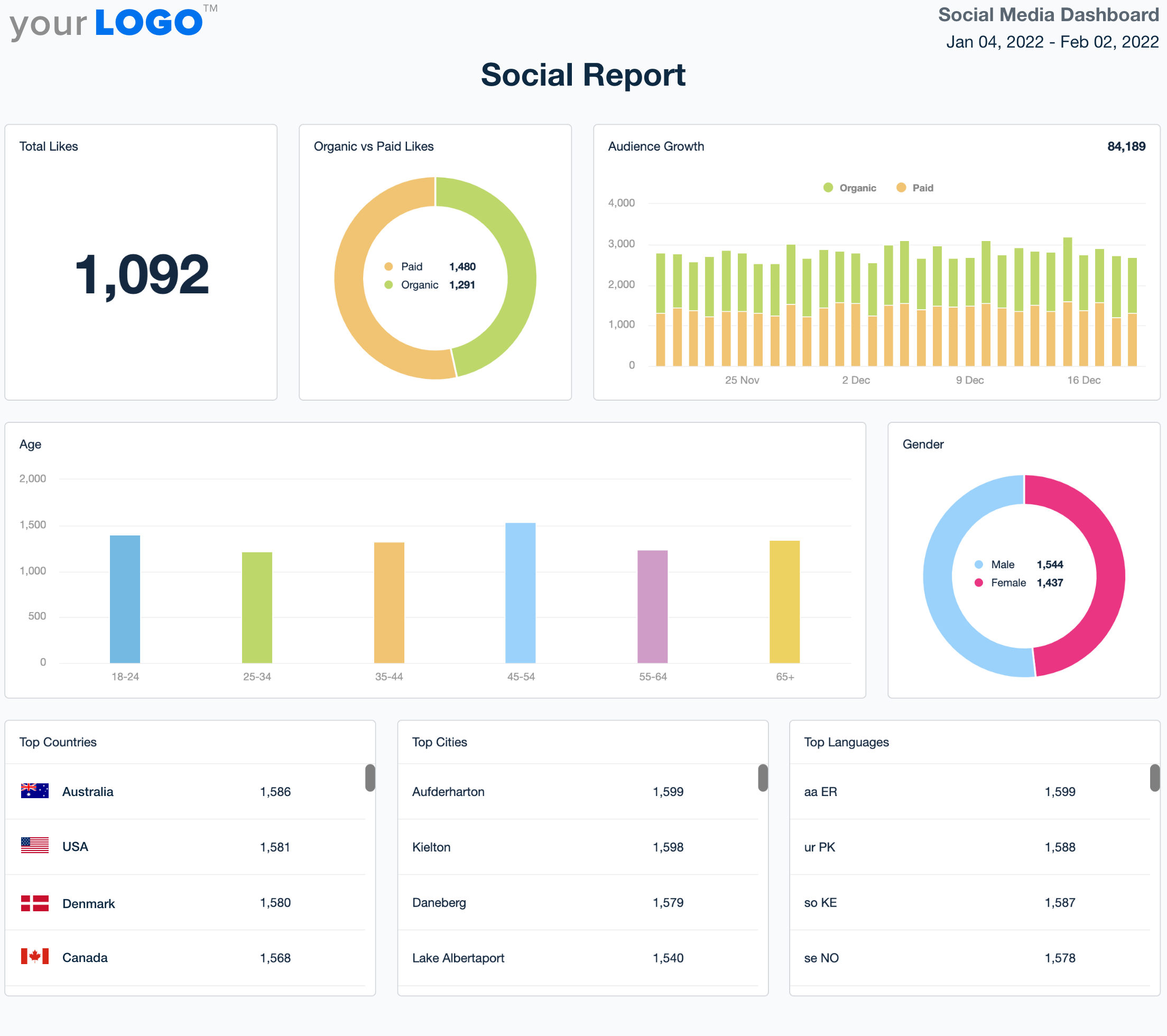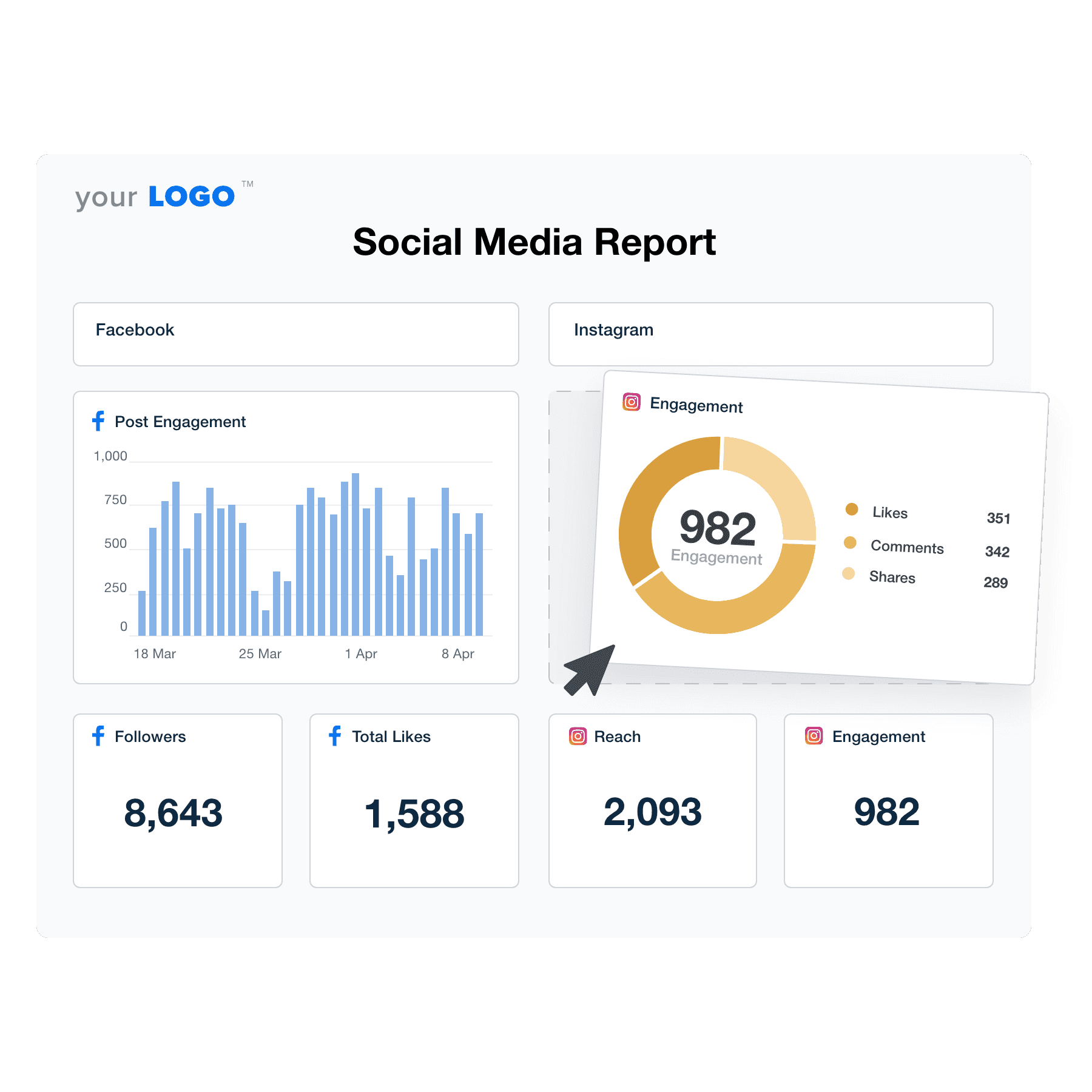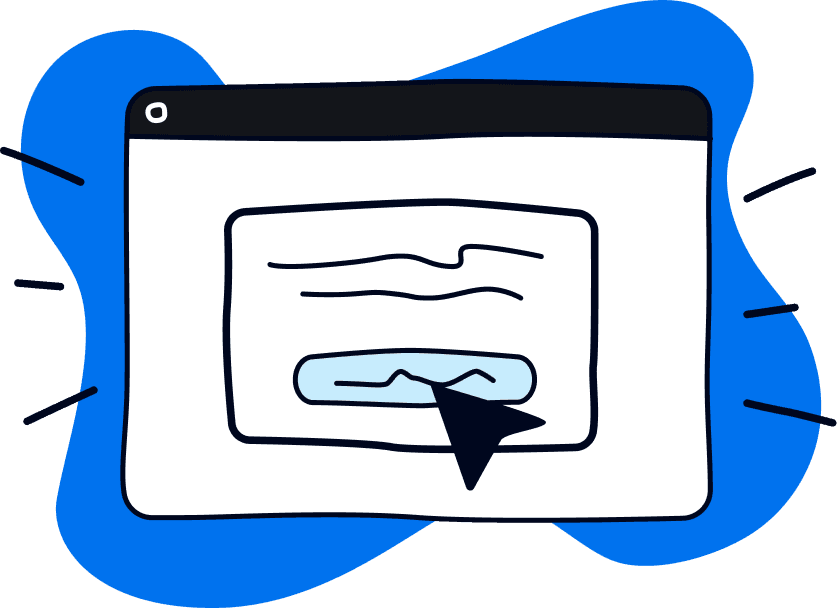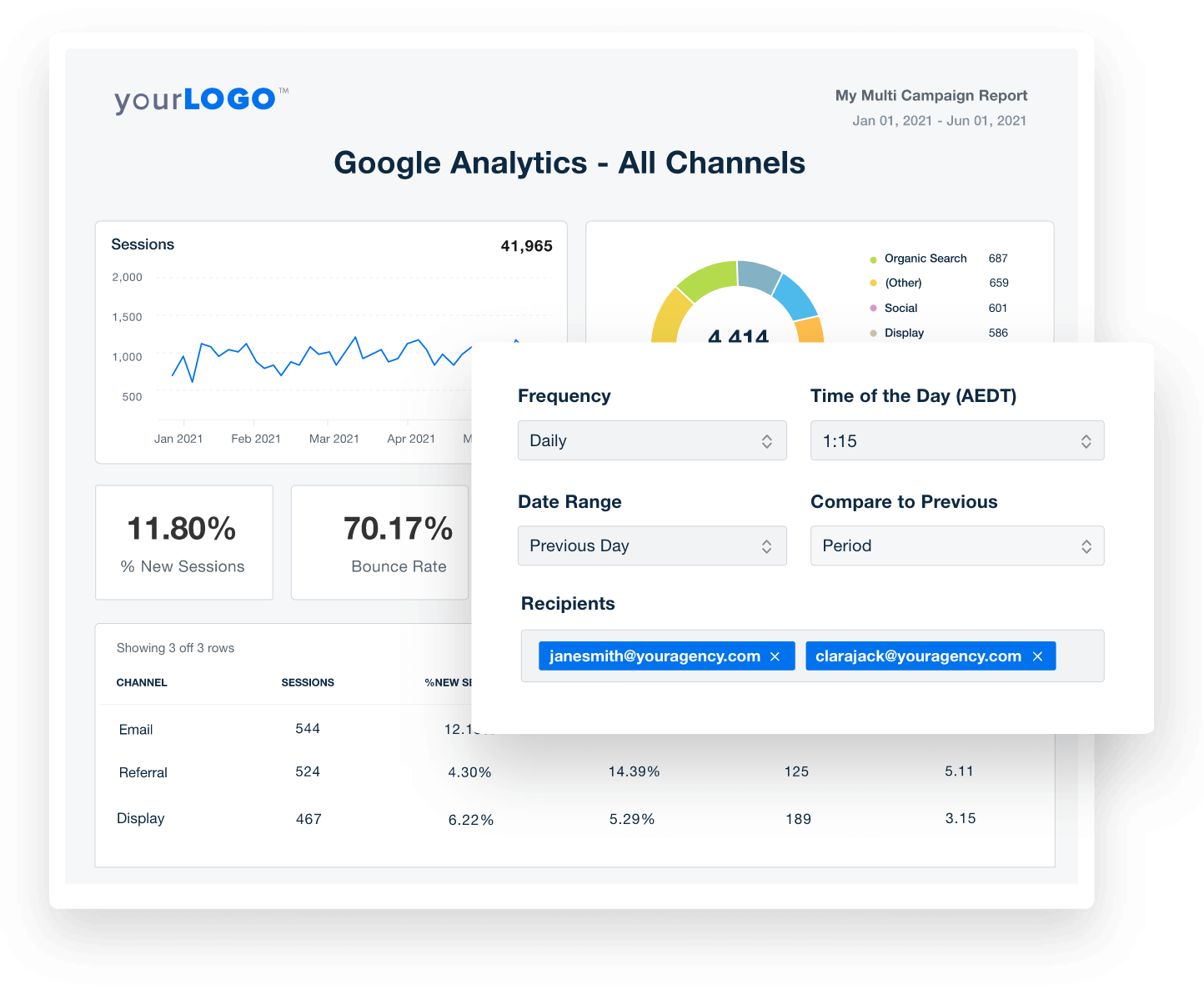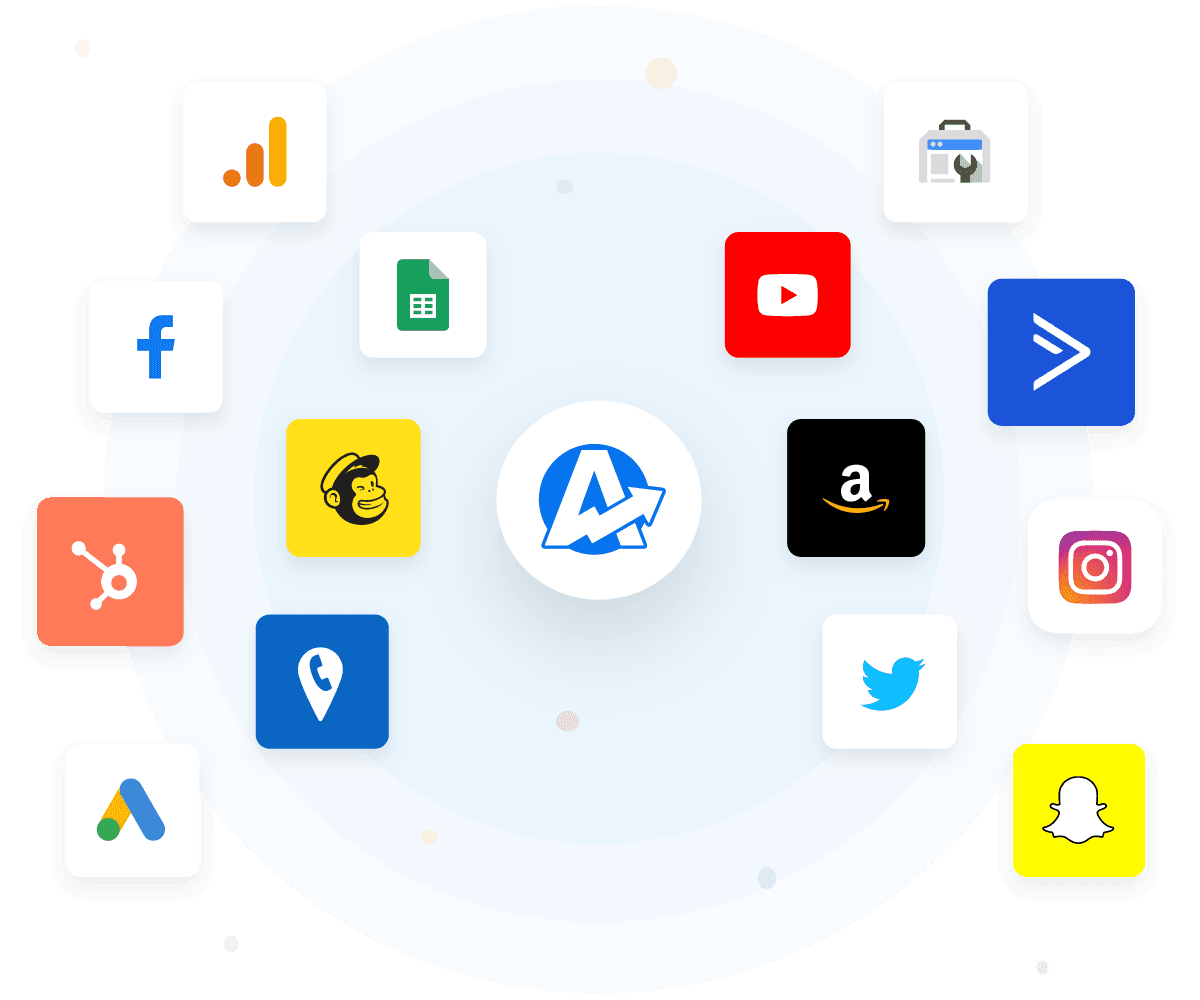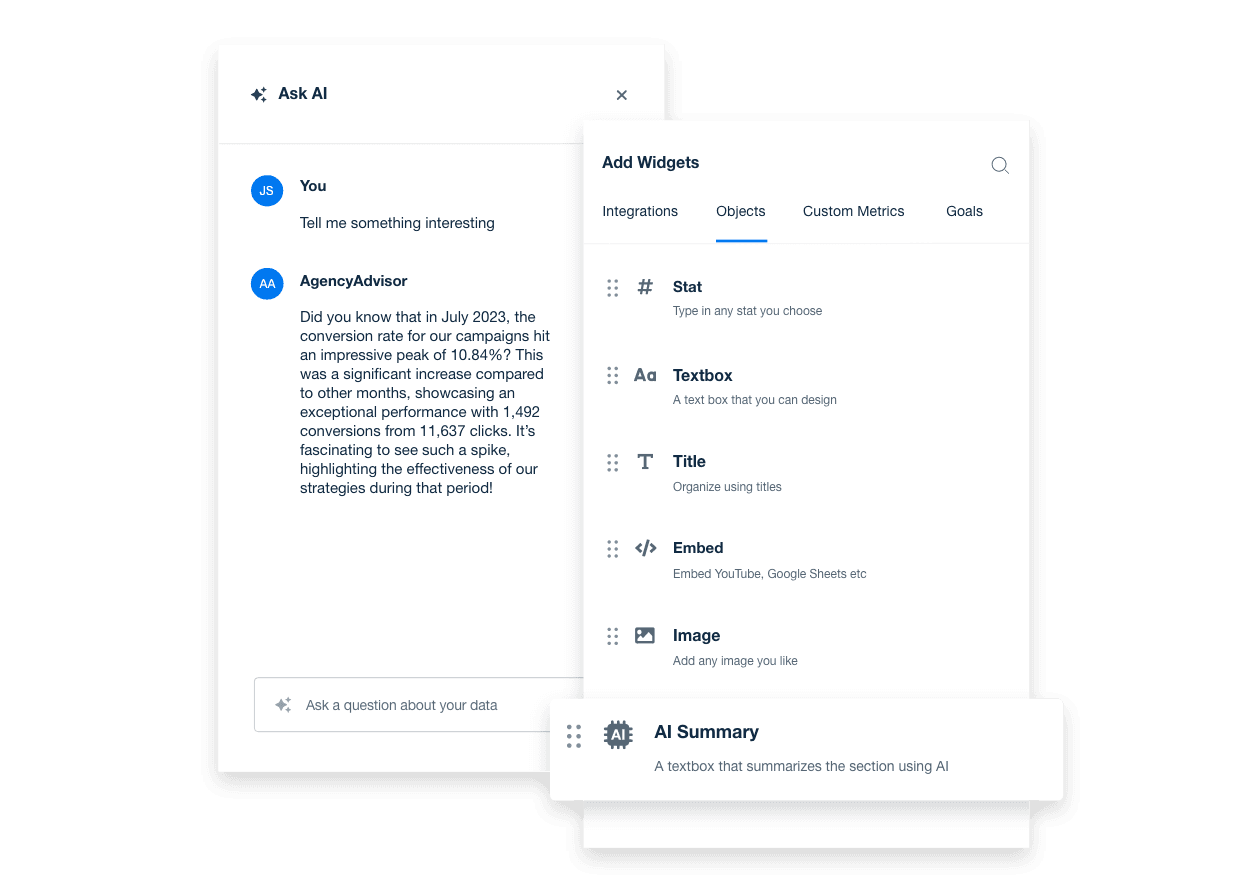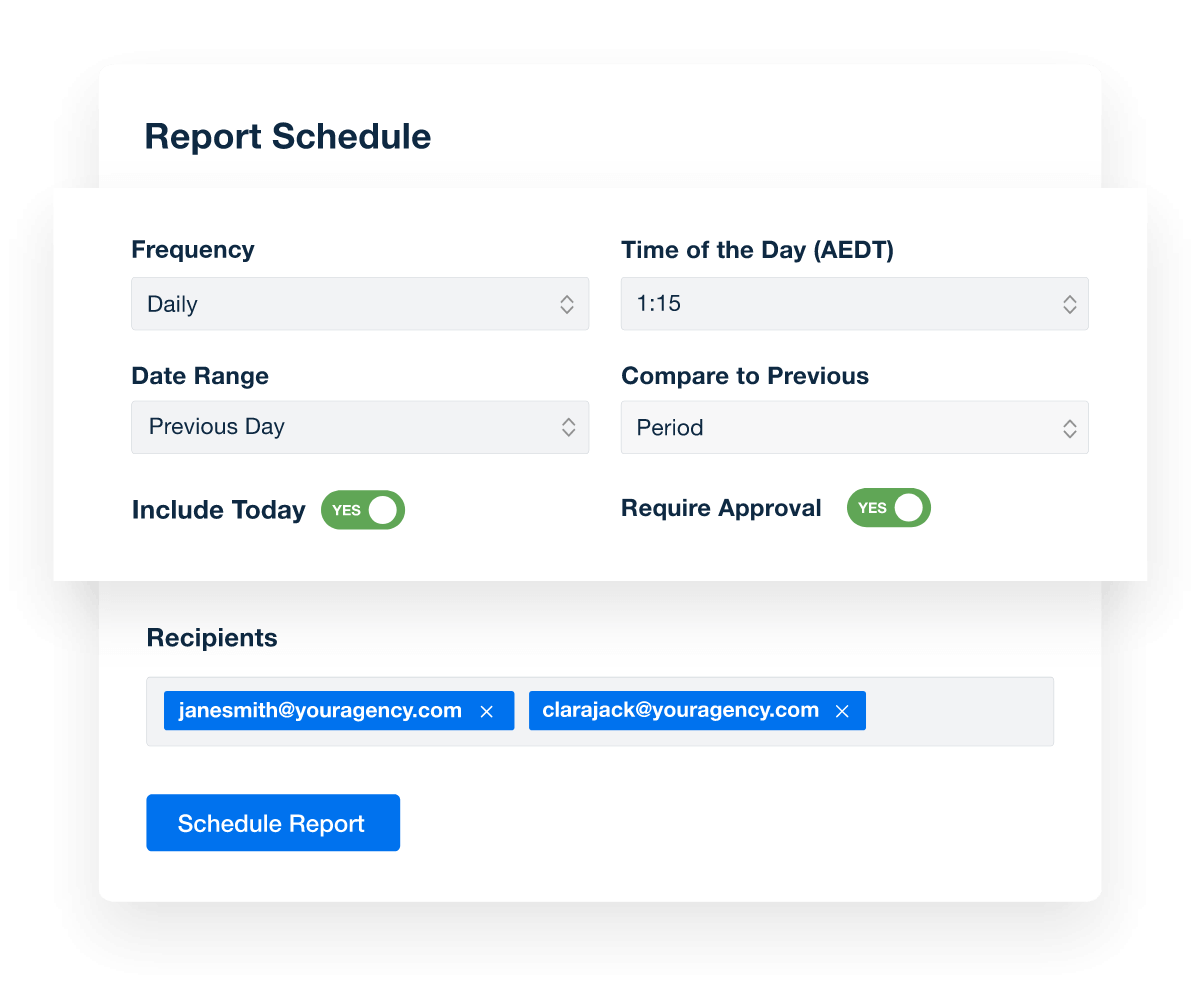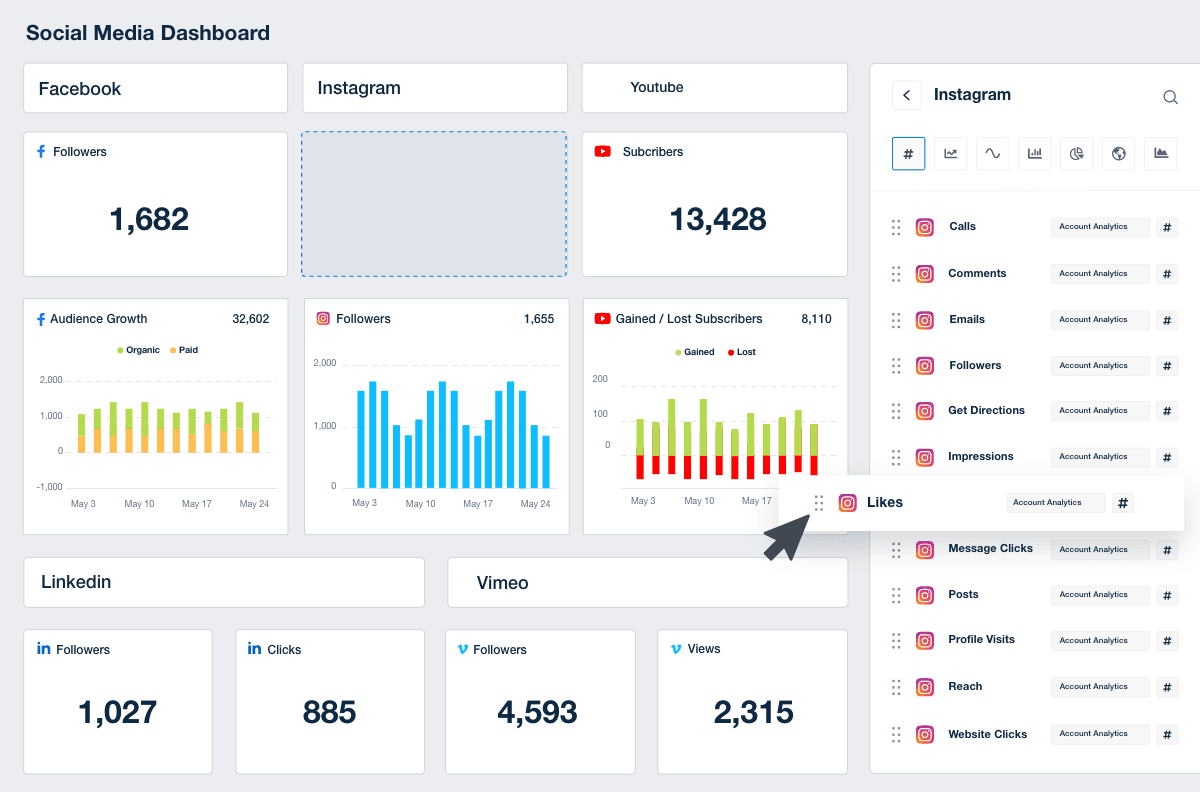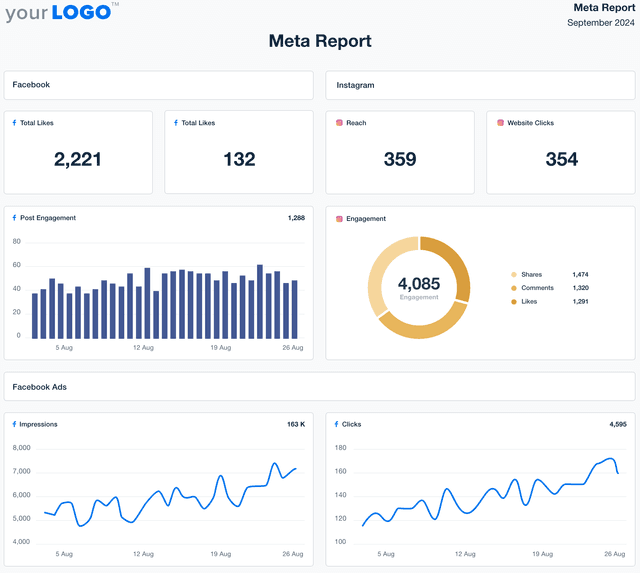The Social Media Analytics Report Template Built For Marketers and Agencies
Customizable Social Media Report Templates That Prove Your Campaigns Deliver
Customizable social media report templates pull live data from every major platform into one professional, easy-to-understand report.
Track engagement, reach, follower growth, and campaign performance across 80 connected platforms. Customize layouts, apply your agency’s branding, and deliver client-ready reports that make your impact impossible to miss.
With automated updates and consistent reporting, you save hours of manual effort while giving clients the insights they care about most—building trust, strengthening relationships, and proving the value of your agency's social media strategy.
Custom Social Media Report Templates as Unique as Your Agency
Create Social Media Reports in Minutes–Not Hours
No more screenshots and Excel spreadsheets! All your client’s real-time social media data is right here waiting for you. With an easy-to-use, automated client reporting platform built for marketing agencies, focus your time on creating social media content that moves the needle.
With dozens of report templates and an intuitive drag-and-drop report builder, set up your client reports in no time, with thumbnails of their latest social media posts and all! A social media report template leaves you more time for your social media team to identify actionable insights, optimize client campaigns, scale your agency, and focus on building relationships with your clients.
10 Key Sections Included in the Customizable Social Media Report Template
To turn data from social media reporting tools into actionable and valuable insights for clients, it's best practice to include the following metrics and sections in a custom report built to meet your client's needs. The free social media report template, included with all AgencyAnalytics client reporting plans, includes the core building blocks to get you from zero to hero in seconds.
